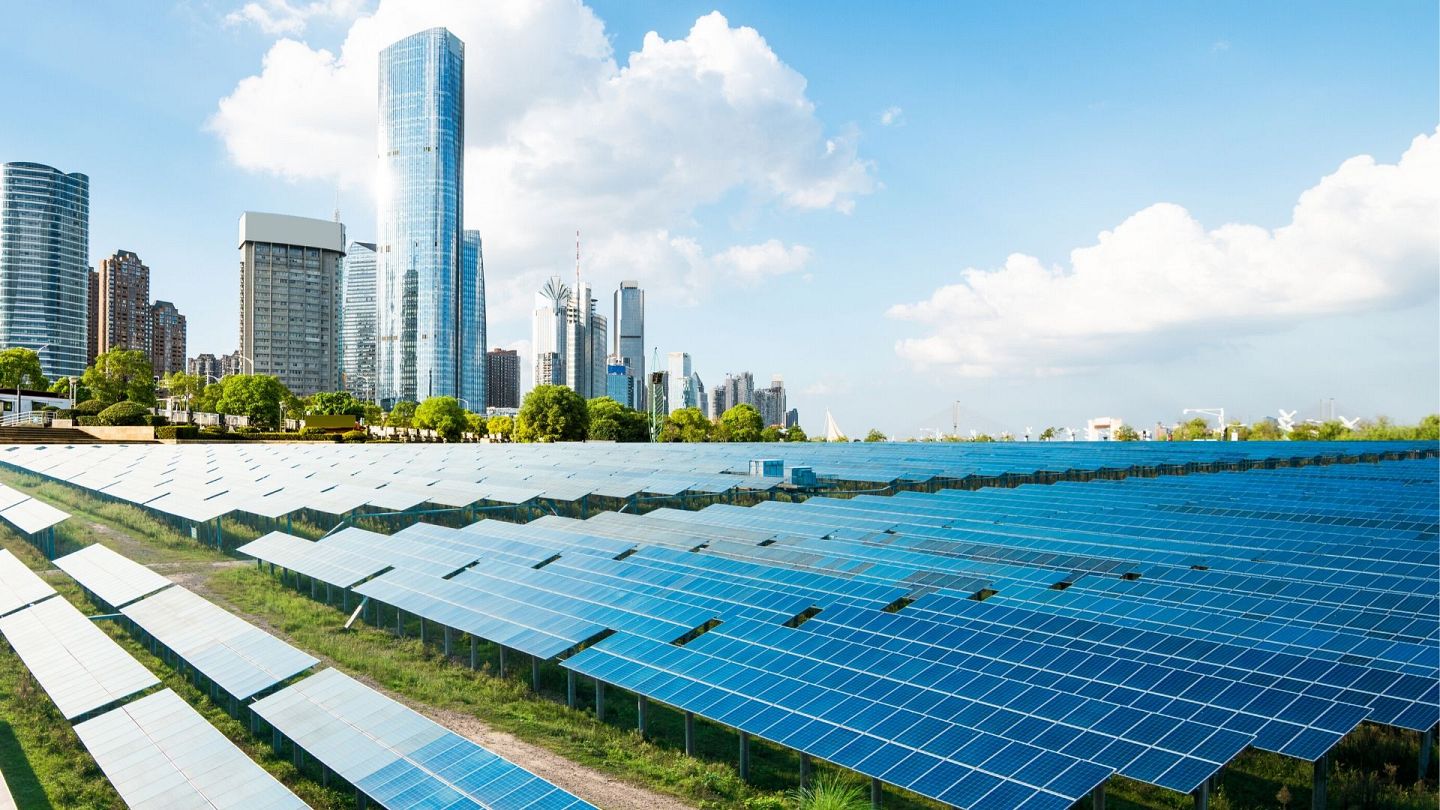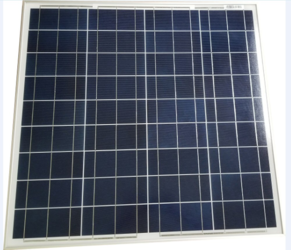9 Easy Facts About Solar-powered architecture and design - Dezeen Described


What Is the Average Cost of Solar Panels? - TheStreet
The Best Guide To How Do Solar Panels Work? - Beginner's Guide for Solar
Solar PV modules mounted on a rooftop The term photovoltaic panel is used informally for a photo-voltaic (PV) module. A PV module is an assembly of photo-voltaic cells mounted in a framework for setup. Photo-voltaic cells use sunshine as a source of energy and produce direct present electrical energy. A collection of PV modules is called a PV Panel, and a system of Panels is an Array.
In 1839, the capability of some products to produce an electrical charge from light direct exposure was very first observed by Alexandre-Edmond Becquerel. Though the premiere photovoltaic panels were too inefficient for even basic electrical devices they were utilized as an instrument to measure light. The observation by Becquerel was not duplicated again till 1873, when Willoughby Smith discovered that the charge might be triggered by light hitting selenium.

Solar Panels - Home Solar Panels - Sunrun
In 1881, Charles Fritts created the very first industrial photovoltaic panel, which was reported by Fritts as "constant, consistent and of significant force not just by direct exposure to sunlight however likewise to dim, diffused daytime." However, these photovoltaic panels were really ineffective, particularly compared to coal-fired power plants. In 1939, Russell Ohl produced the solar battery design that is used in numerous modern solar panels.

Unknown Facts About Solar Panel Insurance - Hippo
In 1954, this style was first used by Bell Labs to produce the very first commercially practical silicon solar battery. In 1957, Mohamed M. Atalla established the process of silicon surface area passivation by thermal oxidation at Bell Labs. The surface passivation process has because been crucial to solar battery performance. Photovoltaic modules use light energy (photons) from the Sun to produce electrical energy through the photovoltaic result.
The structural (load carrying) member of a module can be either the leading layer or the back layer. Cells must be safeguarded from mechanical damage and moisture. A lot of modules are stiff, but semi-flexible ones based on thin-film cells are also available. The cells are linked electrically in series, one to another to the preferred voltage, and then in parallel to increase amperage.

Amazon.com : PAXCESS 120W Portable Solar Panel with USB QC 3.0, Typc C Output, Off Grid Emergency Power Supply for RV Camping Travel Outdoor Backup : Electronics
The manufacture requirements on solar panels are obtained under standard condition which is not the real operating condition the solar panels are exposed to on the installation site. Official Info Here is connected to the back of the solar panel and functions as its output interface. External connections for many photovoltaic modules use MC4 adapters to help with easy weatherproof connections to the rest of the system.
